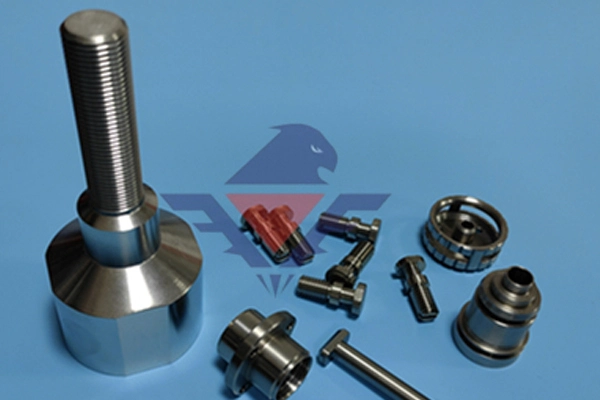
html
Swiss Machining: Precision and Efficiency in Modern Manufacturing
Swiss machining, also known as Swiss screw machining or Swiss turning, is a highly specialized manufacturing process renowned for its precision and efficiency. Originating in Switzerland during the late 19th century, this technique was initially developed to produce small, intricate components for the watchmaking industry. Today, Swiss machining has evolved to serve a wide range of industries, including aerospace, medical, automotive, and electronics.
How Swiss Machining Works
Unlike conventional lathes, Swiss machines utilize a sliding headstock and guide bushing to support the workpiece close to the cutting tool. This unique design minimizes deflection and vibration, enabling the production of parts with extremely tight tolerances. The process is particularly effective for manufacturing long, slender components that require high precision.
Key Features of Swiss Machining
- Simultaneous machining operations
- High spindle speeds (often exceeding 10,000 RPM)
- Exceptional surface finishes
- Minimal material waste
- Ability to work with various materials including metals, plastics, and composites
Keyword: Swiss Machining
Advantages of Swiss Machining
The primary benefits of Swiss machining include:
1. Unmatched Precision: The guide bushing system ensures stability, allowing for tolerances as tight as ±0.0001 inches.
2. Increased Productivity: Multiple tools can operate simultaneously, significantly reducing cycle times.
3. Cost Efficiency: The process minimizes material waste and often eliminates secondary operations.
4. Versatility: Modern Swiss machines can perform turning, milling, drilling, and threading operations in a single setup.
Applications Across Industries
Swiss machining has become indispensable in various sectors:
Medical: Surgical instruments, implants, and dental components benefit from the process’s precision.
Aerospace: Critical aircraft components require the tight tolerances Swiss machining provides.
Electronics: Connectors, pins, and other small electronic parts are efficiently produced.
Automotive: Fuel injection components and transmission parts often utilize Swiss machining.
The Future of Swiss Machining
With advancements in CNC technology and automation, Swiss machining continues to evolve. Modern machines incorporate:
- Advanced CNC controls for greater precision
- Automated bar feeders for continuous operation
- Live tooling capabilities for complex geometries
- Integration with Industry 4.0 systems
As manufacturing demands grow for smaller, more complex components with tighter tolerances, Swiss machining remains at the forefront of precision manufacturing solutions.